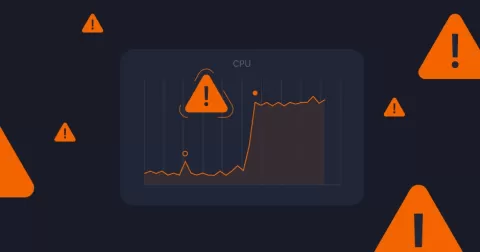Guide to Monitoring Your Apache Zipkin Environment Using Telegraf
Using Apache Zipkin is important because it provides detailed, end-to-end tracing of requests across distributed systems, helping to identify latency issues and performance bottlenecks. Monitoring your Zipkin environment is crucial to ensure the reliability and performance of your tracing system, allowing you to quickly detect and address any anomalies or downtime.








